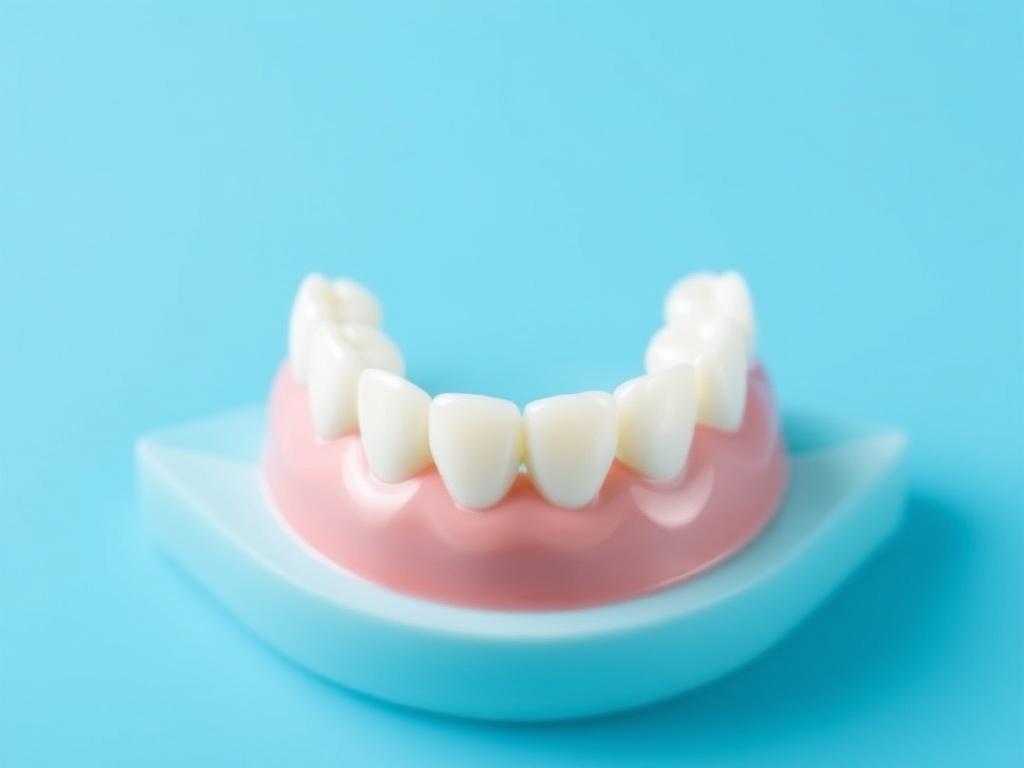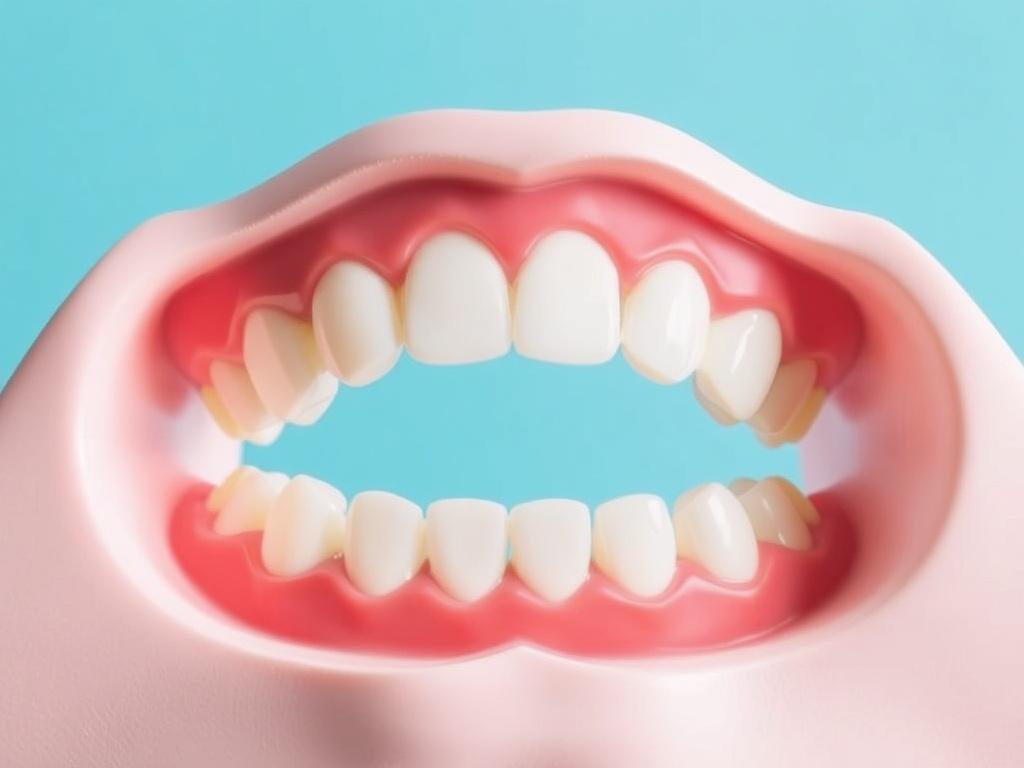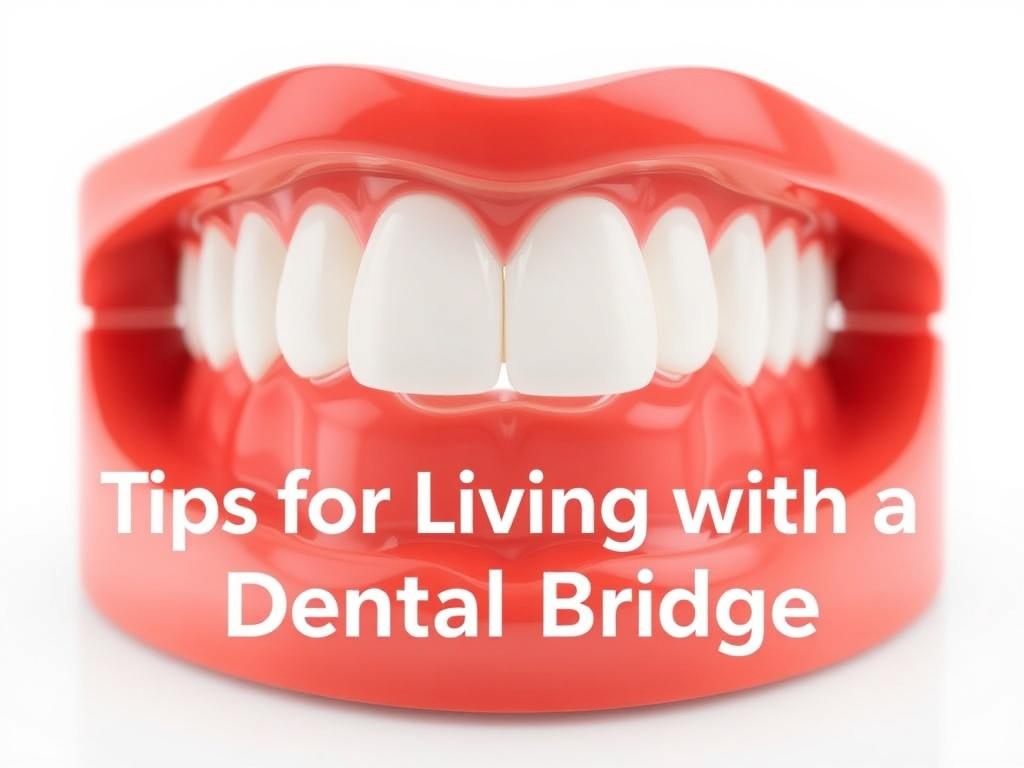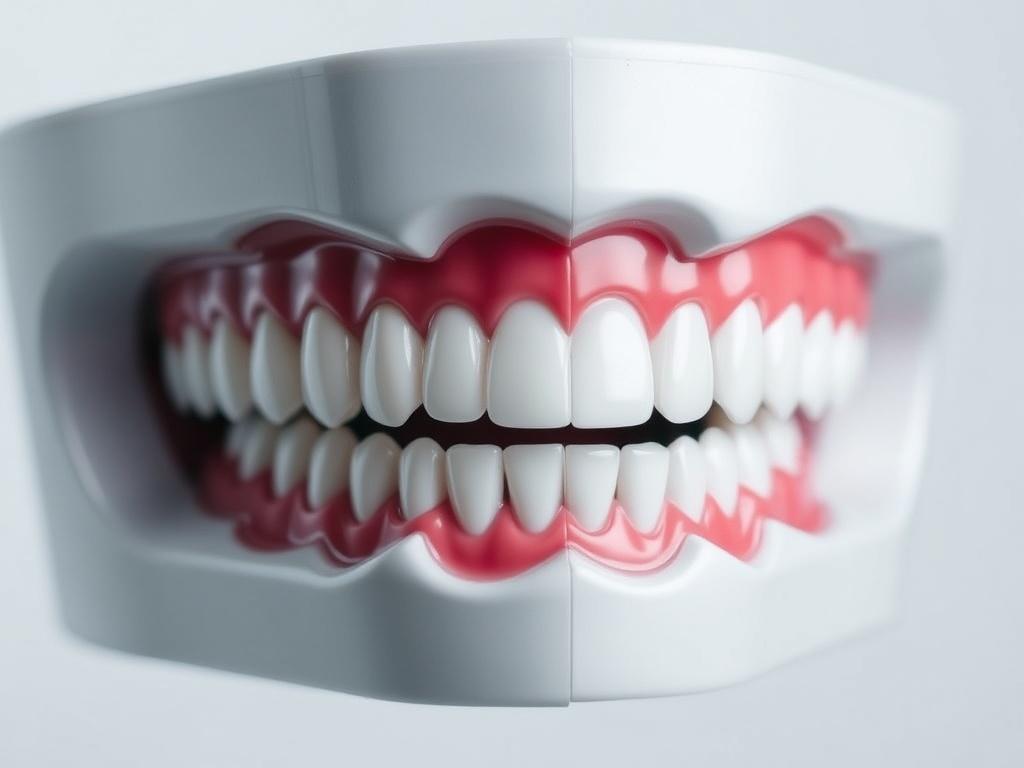Missing teeth can be more than just a cosmetic concern. They affect how we eat, speak, and even how we feel about ourselves. If you’ve found yourself avoiding smiling or struggling to enjoy your favorite foods, dental bridges could be a practical and effective solution. In this article, we’ll explore everything you need to know about dental bridges—from what they are and how they work, to the different types available and tips for maintaining them. By the end, you’ll have a clear understanding of how these dental devices can fill the gaps in your smile and restore your confidence.
Содержание
- 1 What Are Dental Bridges?
- 2 Why Are Dental Bridges Important?
- 3 Types of Dental Bridges Explained
- 4 The Dental Bridge Procedure Step-by-Step
- 5 How to Care for Your Dental Bridge
- 6 Pros and Cons of Dental Bridges
- 7 How Do Dental Bridges Compare to Other Tooth Replacement Options?
- 8 Common Myths and Facts About Dental Bridges
- 9 Costs and Insurance Considerations
- 10 Is a Dental Bridge Right for You?
- 11 Tips for Living with a Dental Bridge
What Are Dental Bridges?
Simply put, dental bridges are false teeth that “bridge” the gap created by one or more missing teeth. They use the surrounding healthy teeth or dental implants as anchors, securing the replacement teeth firmly in place. This solution not only improves aesthetics but also helps maintain the shape of your face, supports your bite, and prevents remaining teeth from drifting out of position.
The design of a dental bridge usually involves two or more crowns for the teeth on either side of the gap—called abutment teeth—and a false tooth or teeth in between, known as pontics. This structure literally “bridges” the gap, restoring function and appearance.
Why Are Dental Bridges Important?
The impact of missing teeth goes beyond just appearance. When you lose a tooth, the neighboring teeth can shift, leading to an improper bite or misalignment. This can cause problems with chewing, jaw pain, and even headaches over time. Additionally, gaps can accelerate bone loss in the jaw where teeth are missing.
Dental bridges prevent many of these issues by maintaining a balanced bite and helping preserve the natural shape of your face. They also improve speech and chewing ability, making everyday activities easier and more comfortable.
Advantages of Dental Bridges
- Restores a natural-looking smile.
- Improves chewing and speaking function.
- Prevents teeth from shifting out of place.
- Maintains natural face shape.
- Less invasive and often quicker than implants.
When Should You Consider Getting a Dental Bridge?
If you have one or more missing teeth in a row, dental bridges are a practical option. Unlike dentures, which are removable, bridges are fixed and provide a more stable solution. Your dentist may recommend a bridge if you’re looking for a durable and aesthetically pleasing method to fill those gaps without surgery. However, the health of your adjacent teeth and overall oral hygiene will influence whether bridges are the right choice for you.
Types of Dental Bridges Explained
The term “dental bridge” might sound simple, but there are actually several types tailored to different dental needs. Let’s look at the most common varieties so you can get a sense of what might work best for you.
Traditional Dental Bridges
Traditional bridges are the most common type, made of porcelain fused to metal or ceramics. These bridges involve creating crowns for the teeth on either side of the gap, with a pontic (false tooth) in between. For this to work, the adjacent teeth must be strong enough to support the bridge.
Cantilever Bridges
Cantilever bridges are similar to traditional bridges but are used when there is only one adjacent tooth next to the gap. This type is less common and carries some risk of damaging the supporting tooth if used in areas of heavy chewing.
Maryland Bridges
Maryland bonded bridges use a metal or porcelain framework bonded to the back of the adjacent teeth, which preserves the natural tooth structure more than traditional bridges. They’re often used for front teeth where less biting force occurs.
Implant-Supported Bridges
Unlike traditional bridges anchored on natural teeth, implant-supported bridges are secured using dental implants topped with crowns. This type offers superior support, especially for larger gaps or when surrounding teeth aren’t strong enough to support a bridge. However, it requires surgery and might take longer to complete.
The Dental Bridge Procedure Step-by-Step
Getting a dental bridge involves several key steps. Understanding the process can help ease any anxiety and prepare you for what to expect.
| Step | Description |
|---|---|
| Consultation and Examination | Your dentist evaluates your dental health, including X-rays, to determine if a bridge is suitable. |
| Tooth Preparation | The abutment teeth are shaped by removing some enamel to make room for crowns. |
| Impressions | Precise molds of your teeth are taken to custom-make your bridge, pontics, and crowns. |
| Temporary Bridge | A temporary bridge protects your prepared teeth while the permanent one is being made. |
| Fitting and Adjustments | The permanent bridge is checked for fit and comfort, then cemented in place. |
How to Care for Your Dental Bridge
Proper maintenance plays a vital role in the longevity of dental bridges. Daily oral hygiene routines combined with regular dental visits will keep your bridge and surrounding teeth healthy.
Daily Care Tips
- Brush twice a day: Use a soft-bristled toothbrush to clean around the bridge and all your teeth.
- Floss carefully: Special floss threaders or water flossers can clean under the pontic and between abutment teeth to remove plaque and food particles.
- Rinse with mouthwash: Antibacterial mouthwash helps reduce bacteria buildup.
- Maintain a balanced diet: Avoid sticky, hard, or excessively sugary foods that could damage your bridge.
Regular Dental Visits
Besides everyday care, seeing your dentist regularly is essential to monitor the condition of your bridge and overall oral health. Professionals can spot problems like decay or gum disease early and recommend treatments before they escalate.
Pros and Cons of Dental Bridges
Before deciding on dental bridges, it’s useful to weigh their advantages and disadvantages. Here’s a clear look at the pros and cons to help you decide:
| Pros | Cons |
|---|---|
| Restore your ability to chew and speak properly. | Requires altering healthy adjacent teeth. |
| Fill gaps, improving your smile and confidence. | Potential risk of decay under crowns if hygiene is poor. |
| Provides a fixed, stable alternative to dentures. | Not suitable if abutment teeth are weak or heavily damaged. |
| Less costly and invasive compared to dental implants. | May need replacement every 5–15 years. |
How Do Dental Bridges Compare to Other Tooth Replacement Options?
When considering tooth replacement, it can be confusing to choose between bridges, implants, and dentures. Each option has unique benefits depending on your dental health, budget, and preferences.
Dental Bridges vs. Dental Implants
Dental implants act as artificial tooth roots surgically anchored into the jawbone. They provide a very natural look and feel and preserve jawbone health by stimulating bone growth. However, implants involve surgery, are more expensive, and take longer to complete.
Dental bridges, on the other hand, typically require less time and no surgery, but depend on neighboring teeth for support and don’t prevent bone loss beneath the missing tooth as implants do.
Dental Bridges vs. Dentures
Dentures are removable appliances that replace missing teeth. They tend to be more affordable, especially for multiple missing teeth, and can be removed for cleaning. However, they can be less stable, may cause discomfort, and require adjustments over time.
Dental bridges are fixed and more comfortable for many people but may be limited to replacing fewer missing teeth and require healthy adjacent teeth.
Common Myths and Facts About Dental Bridges
Let’s clear up some frequent misconceptions to help you make informed choices:
- Myth: Bridges are only cosmetic.
Fact: Bridges restore function and support oral health, not just appearance. - Myth: Dental bridges hurt a lot after placement.
Fact: Most patients experience minimal discomfort, which fades quickly. - Myth: Once you have a bridge, you don’t need to worry about oral hygiene.
Fact: Good oral hygiene is critical to maintain your bridge and prevent problems. - Myth: Bridges ruin the adjacent teeth.
Fact: Properly cared-for bridges don’t damage healthy teeth and can last many years.
Costs and Insurance Considerations

The cost of dental bridges varies widely depending on the type of bridge, materials used, complexity, and geographic location. Traditional bridges generally cost less than implant-supported options. Many dental insurance plans cover part of the cost since bridges are considered restorative procedures, but coverage limits vary.
Here is a general cost overview:
| Bridge Type | Estimated Cost (per unit) |
|---|---|
| Traditional Bridge | $500 – $1,200 |
| Cantilever Bridge | $700 – $1,500 |
| Maryland Bridge | $1,000 – $2,000 |
| Implant-Supported Bridge | $3,000 – $6,000+ |
Check carefully with your dental insurance provider to understand your coverage and out-of-pocket expenses. If cost is a concern, your dentist can help you explore financing programs or phased treatment options.
Is a Dental Bridge Right for You?

If you’re wondering whether dental bridges can fill the gaps in your smile, the answer depends on your unique dental situation. For patients who want a fixed, reliable solution without surgery, bridges are often an excellent choice. However, factors such as the health of your surrounding teeth, bone density, budget, and personal preferences all come into play.
The best course of action is to consult with an experienced dentist who can evaluate your oral health and discuss the range of tooth replacement options available. They’ll guide you to the solution that fits your needs, lifestyle, and goals.
Tips for Living with a Dental Bridge

Adjusting to life with a dental bridge may take a little time. Here are practical tips to help you transition smoothly and enjoy your new smile:
- Take it slow with hard or sticky foods initially to avoid dislodgement or discomfort.
- Practice good oral hygiene routines — brushing, flossing, and using interdental cleaners.
- If you experience any sensitivity or discomfort after placement, speak to your dentist promptly.
- Keep up regular dental check-ups to ensure your bridge remains in great shape.
With these strategies, dental bridges can become a seamless part of your daily life, helping you regain functionality and confidence.
Conclusion
Dental bridges play a significant role in restoring the beauty and function of your smile when teeth go missing. They offer a fixed, reliable, and often less invasive way to fill the gaps, protect remaining teeth, and support chewing and speech. Understanding the different types of dental bridges, how they are placed, and how to care for them is vital to making the right choice for your oral health. While bridges may not be perfect for everyone, for many they provide a balanced blend of cost, comfort, and durability. Ultimately, consulting with your dentist to evaluate your specific needs is key to selecting the best option and filling those gaps with confidence and ease.






